



Diogenes
gamer level 9
81502 xp
81502 xp
followers
50
50
Use my invite URL to register (this will give me kudos)
https://boardgaming.com/register/?invited_by=diogenes
profile badges




recent achievements

Count / Countess
Gain 50 total followers
Gain 50 total followers

Professional Reviewer
Review 21 games and receive a total of 2270 positive review ratings.
Review 21 games and receive a total of 2270 positive review ratings.

Guardian Angel
Give 2500 hearts (loyalty points) to a single game
Give 2500 hearts (loyalty points) to a single game

El Dorado
Explore select games by completing a series of exploration actions ...learn more »
Explore select games by completing a series of exploration actions ...learn more »
Player Stats
Critic (lvl 4)
2505 xp
2505 xp
Explorer (lvl 6)
7780 xp
7780 xp
Professor (lvl 3)
884 xp
884 xp
Reporter (lvl 4)
1848 xp
1848 xp
About Me
The games I like best are those where luck plays practically no role. Anticipating of influencing an opponent's actions and making use of them to win, is what I like best when playing a game. So I adore games like Diplomacy and hate games like Yathzee...



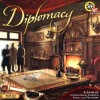


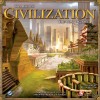






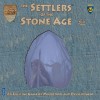













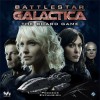


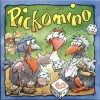






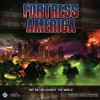
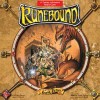














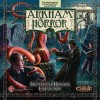



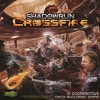





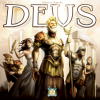

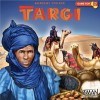

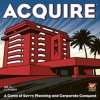





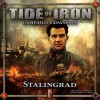
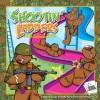










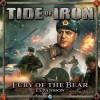
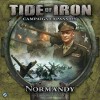


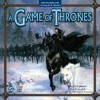

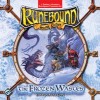








Memoir '44
Memoir ’44 is a game in which you recreate battle scenarios from the Second World War. The base game focuses on D-Day and the battles after that day, but a lot of expansions have appeared in which you can relive the battles of the Eastern front as well as fight in the Pacific theatre.
The game is played on a gameboard consisting of hexagonal tiles on which terrain tiles (like forests, hills, cities and the infamous hedgerow) can be placed. At the start of the game the two players select a scenario they want to play and set up the board according to the starting positions of the scenario. There might be special features like points in a city either the Germans or the Allies have to take.
After the terrain is set up the army units (infantry, tanks and artillery) are placed according to the scenario set up. The players are dealt command cards with which they can give orders to their units. The game board is divided in three sections (left, middle and right) and most command cards only work in certain sections of the board.
The players need to think ahead, because moving a unit into a section of which he or she doesn’t have a command card might mean it is stuck for a while.
When units attack dice are rolled which determine if damage is done and how much. This introduces a chance element into the game that can be frustrating. However, proper planning and strategic manouvering is very important in this game. While some plans fail because of bad dice rolls, more fail because of bad foresight or bad tactics.
Memoir ’44 is a fun stragetic game. It’s not so heavy as some strategic games (and doesn’t last very long – a scenario typically is over within one to two hours) and if you want to play a campaign that is possible (campaign books are available). Perhaps the only drawback is that it’s a two player game. There are extensions which allow up to 8 players, but still there are only two real combatants in the game.
Personally I like the game for it’s variety (*lots* of scenarios) and replayablity. Also you can put the game away after two scenarios and pick up where you left months later. Well worth the playing time!